Read on Textura website
Eynard Menendez scratches his jaw just behind his beard as an Epson desktop printer churns out five by seven pages of brown paper.
The desk sits under the awning of a long hallway on the second story of Menendez’s family business, Hotel Santa Ana. Menendez disappears into room number 25, his bedroom, returning moments later with an unfolded cardboard box. He tears the box without decorum to isolate one sheet of cardboard, and tosses the rest to the side.
Menendez gives the sheet of cardboard in his hand another look, realizing the lack of space he has to work with. He drops the sheet, snatches his HP laptop opened to a Word document and plops the computer on top of the printer, still chk-chk-chrrr-ing the pages of a book.
Menendez, 27, has been an independent publisher since 2012, when he published his first book, an anthology of short stories. He was still an undergraduate literature student working at the Universidad San Carlos de Guatemala press when he published the first edition. Menendez was the only graduate with a degree in literature. In Guatemala, Menendez believes, the choice to be a literature student turns out to be “the biggest mistake of your life.” With few jobs in the field and fewer opportunities for writers, Guatemala may appear as a hostile environment to Menendez and people like him. Because of this, most students try to study law or medicine, but before university Menendez was an idealist. “When you start university,” he smirks, “you are drunk.” The literality of his meaning swishes in his glass of wine.
Even wine has symbolic meaning, chipping at the façade of the cynic that has evolved from the idealist. This bottle comes from San Juan del Obispo, the village of his favorite author, Luis de Lion.
Lion, a writer, professor and strong advocate for education during Guatemala’s tumultuous civil war, was kidnapped and murdered in 1984, and became a martyr for Guatemalan literature. “He formed me,” Menendez says reverently.
The printer has gone silent but its cadence remains in the thought process etched on Menendez’s face. He snatches the papers from the printer and taps them on the desk, then once again on the back of his chair. Slipping the stack into the collator, Menendez starts the process of binding the pages with bright colored thread. Reaching into one drawer, then another, he finds a scrap of cloth which he snips by hand with scissors to get a strip roughly one inch wide. He lines the scrap with glue and holds it in place on the bound pages.
The phone rings. He reaches with one hand for his cell phone, looks at it, then reaches for the landline. “¿Hola?”
He listens for a moment, with brief answers, then shoves the phone in the crook between his chin and shoulder. “Sí.” He looks for a pen, and when he cannot find one begins to type notes with one hand on the open Word document of the manuscript he just printed.
From one desk, Menendez runs an entire publishing company, Los Zopilotes. Menendez lives and works in his family’s business, the Hotel Santa Ana. His office space nests under the awning of a long hallway on the second story of the hotel. The company’s name refers to a carrion bird, the zopilote, known in English as the American Black Vulture. The bird, which appears in Mayan codices and hieroglyphics, symbolizes, according to Menendez, an essence of Guatemalan life. In his publications Menendez honors Guatemalan culture while rebelling against a system he has found to be greedy and unfair. “I don’t charge [to publish books] because when I wanted to publish my first book, everyone charged me.
Los Zopilotes also holds a yearly writing competition that publishes the winning piece. “[The word] competition is too neoliberal. A contest is because you want to participate.” The contest varies every year based on genre. In 2015, writers from all over Guatemala submitted poetry. In 2016, writers from all over the world submitted pieces for the storytelling genre. Los Zopilotes received more than 160 story submissions. Menendez laughs at the number. “That’s too much for Guatemala.”
When the glue is dry enough, Menendez sets the bound pages aside and reaches for the cardboard sheet. He measures it with a protractor, then carves a rectangle out with a box cutter. He repeats the process, and he now has the front and back covers of his new book.
After another 10 minutes of glue drying, Menendez holds the finished publication in his hand.
